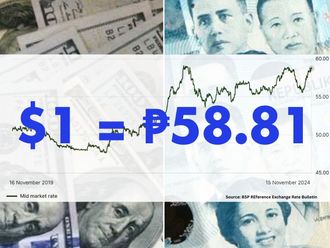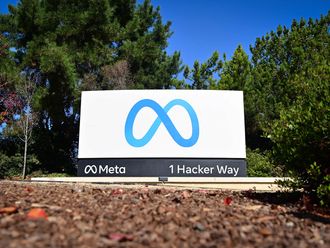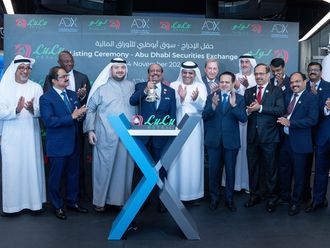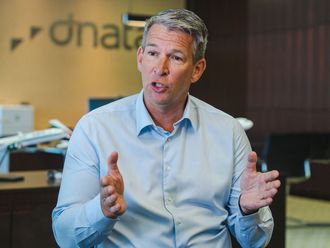New Delhi: Despite a slowing economy, India will likely keep interest rates on hold this week as worries mount that a truant monsoon could drive up food costs and stoke still-high inflation, analysts forecast.
Reserve Bank of India (RBI), the central bank, made a half-percentage-point cut in April to jump-start Asia’s third-largest economy following an aggressive rate-hiking cycle that reduced inflation from double digits.
But since then, the bank has been holding back on easing monetary policy amid fears about the impact on the cost of living of a possible drought and the lack of decisive steps by the government to curb a gaping fiscal deficit.
“With below-normal monsoons and little [reform] policy action out of Delhi, the central bank is likely to keep rates unchanged” at its meeting on Tuesday, Leif Eskesen, HSBC’s chief India economist, said.
Wholesale inflation stands at 7.25 per cent — far above the bank’s comfort level of five to six per cent — while the consumer price index, which covers a smaller band of goods, is at 10.02 per cent.
“Unless the bank sees a trend that inflation is actually coming down, I don’t see the RBI reducing interest rates,” Deepak Parekh, chairman of HDFC, told shareholders.
2009 drought
Central bankers have reason to worry about rising prices with memories still fresh of India’s severe 2009 drought that sent food prices soaring and fuelled overall inflation, analysts say.
Also, Prime Minister Manmohan Singh’s Congress party-led government has not made any significant strides toward scaling back hefty subsidies on food, fuel and fertilisers and cutting its sizeable fiscal deficit, analysts note.
The bank is “waiting for heavy rain and a drizzle of [economic] reform” before it reduces rates, Eskesen said.
Heavy government subsidies are pumping too much money into the system and are undermining monetary authorities’ anti-inflation battle, the bank maintains.
But the government is caught in a vicious circle as it attempts to reduce subsidy spending while the economy is losing steam.
The economy grew at 5.3 per cent between January and March — its weakest quarterly pace in nine years — and latest economic numbers have been discouraging. Industrial production was up a paltry 2.4 per cent in May.
Divisions on spending cutbacks
There are big divisions about spending cutbacks among the ruling centre-left coalition’s members who fear voter anger.
There is also discord over proposed reforms such as allowing entry of foreign supermarket chains — seen by economists as a vital step in removing bottlenecks in India’s antiquated food-supply chain and reducing food inflation.
Singh, who unleashed India’s first wave of economic reforms, said this month he wants to restore the economy’s “animal spirit”.
But coalition divisions have “again brought an air of uncertainty to the flexibility [Singh] has on revving up the pace of reforms,” Ajay Bodke, investment strategist at Indian brokerage Prabhudas Lilladher, said.












